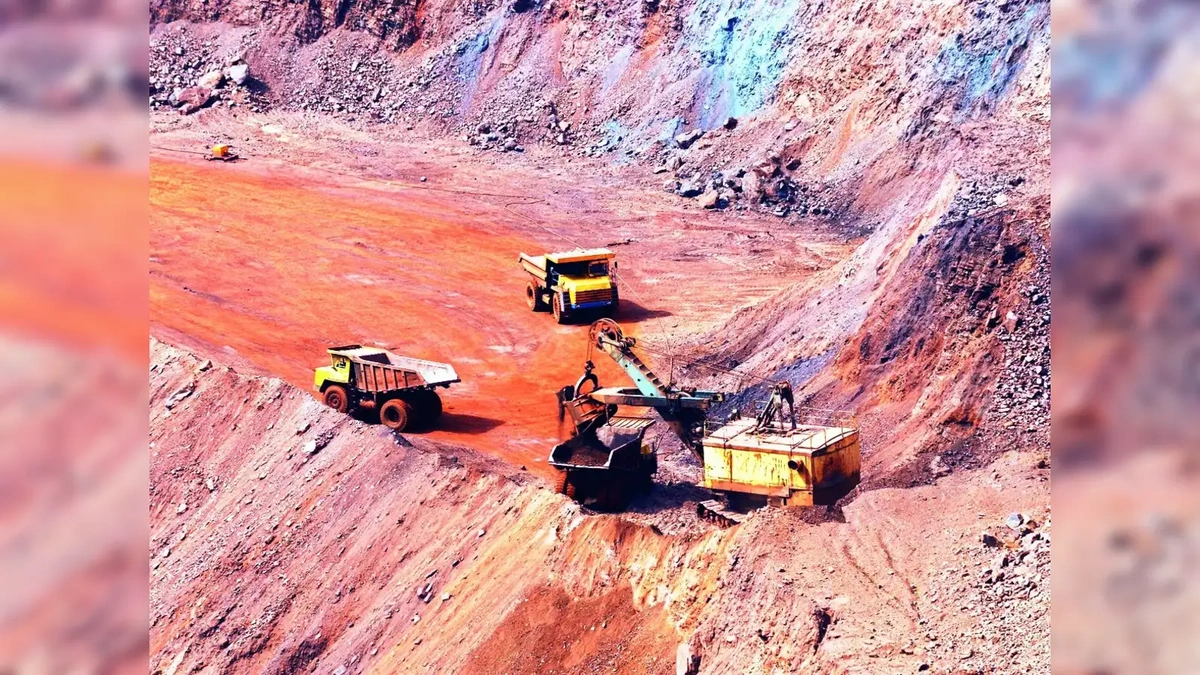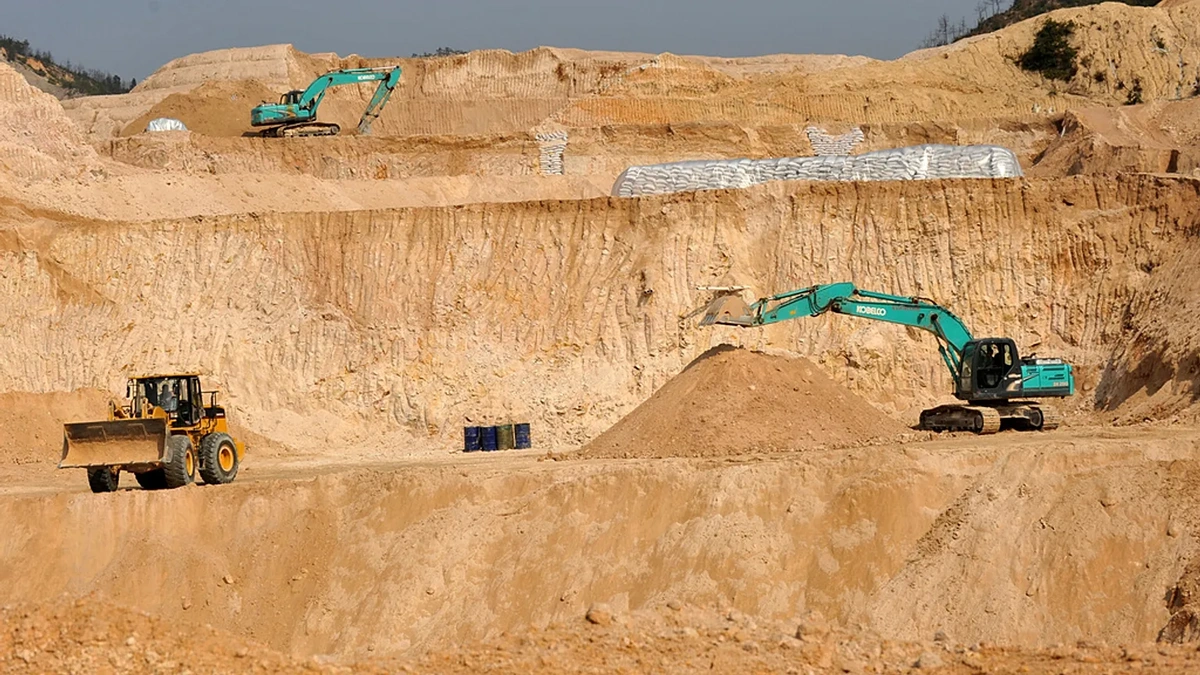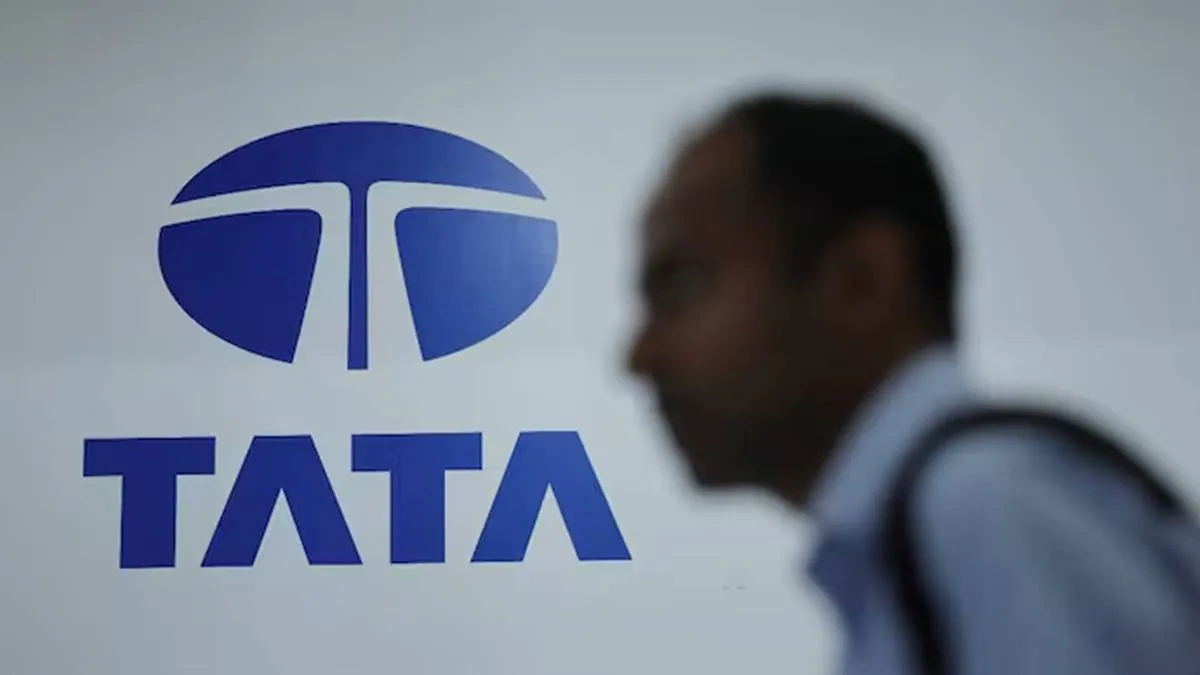China Further Restricts Rare Earths Export
Okay, let’s be real. When you first hear about rare earth exports , your eyes might glaze over. It sounds…technical. Dry. Like something only economists care about. But here’s the thing: this seemingly niche topic has HUGE implications for India, for global manufacturing, and even for the tech in your pocket. China’s recent move to further restrict these exports? It’s not just a blip on the radar; it’s a potential game-changer. So, let’s dive in and decode what this actually means for us, shall we?
Why Rare Earths Matter – More Than You Think

So, what are these “rare earths” anyway? They’re a group of 17 elements that, despite their name, aren’t necessarily rare in the earth’s crust. The tricky part? They’re usually found in low concentrations, making them difficult and expensive to mine and process. And their uses? Oh, they’re everywhere. Think smartphones, electric vehicles, wind turbines, even defense systems. Without these elements, modern life as we know it grinds to a halt.
That’s where the China rare earth policy comes into play. For years, China has dominated the rare earth market, controlling a significant portion of both the mining and processing. This has given them considerable leverage in global trade and geopolitics. This isn’t just about economics; it’s about power. Restricting exports is a way for China to flex its muscles, potentially impacting industries and countries that rely on its supply. The implications are far reaching.
Decoding the Restriction | What’s Really Going On?
Now, let’s get into the “why” behind these restrictions. It’s not as simple as just wanting to squeeze other countries. There are a few factors at play here. First, China is increasingly focused on its own domestic manufacturing and technological advancements. They need these rare earths for their own industries, and restricting exports ensures they have enough to go around.
Second, environmental concerns are playing a role. Rare earth mining can be incredibly damaging to the environment, producing toxic waste and polluting water sources. By limiting production and exports, China can, in theory, reduce the environmental impact. However, some argue this is more about controlling the market than genuine environmentalism.
Third, and perhaps most subtly, it’s about strategic leverage. China understands the importance of these materials in the global economy and is using its dominant position to its advantage. What fascinates me is how other countries, including India, will respond. Will they seek to develop their own rare earth resources, or will they try to diversify their supply chains? The choice isn’t so obvious.
What’s the potential impact on the rare earth market dynamics ?
The ripples of these restrictions are already being felt. Expect prices to fluctuate. Supply chains to get disrupted. The pressure is on to diversify and find alternative sources.
India’s Rare Earths Challenge | A Chance to Shine?
Here’s where it gets interesting for India. India has its own reserves of rare earths, but they’re largely untapped. The country has the potential to become a major player in the rare earth market, but it faces several challenges.
First, developing mining and processing capabilities requires significant investment and technological expertise. It’s not something that can happen overnight. Second, environmental regulations and land acquisition issues can be a hurdle. Balancing economic development with environmental protection is a delicate act.
But, and this is a big “but,” this restriction from China could be the catalyst India needs to finally get serious about developing its own rare earth industry. It’s a chance to reduce its reliance on foreign sources and boost its domestic manufacturing. The government is already taking steps in this direction, but much more needs to be done. Investing in research and development, streamlining regulations, and attracting foreign investment are all crucial. As discussed on Faridabad’s growth story , strategic investments can drastically change economic landscapes. This is a similar opportunity for India in the rare earths sector. The time to act is now. So, India has to become a rare earth elements exporter .
How This Impacts You – The Person Reading This
Okay, so you might be thinking, “This is all interesting, but how does this actually affect me?” Well, here’s the thing: it affects you more than you realize. The rising cost of electronics? The availability of electric vehicles? The future of renewable energy? All of these are tied to the rare earth supply chain.
If India can successfully develop its own rare earth industry, it could lead to lower prices for electronics, a faster transition to electric vehicles, and a more secure energy future. It could also create jobs and boost economic growth. On the flip side, if India fails to act, it could face higher prices, supply shortages, and a dependence on foreign sources. It is also important to look at horoscope readings .
Ultimately, this isn’t just about economics or geopolitics; it’s about our future. It’s about ensuring we have access to the materials we need to build a sustainable and prosperous society. A common mistake I see people make is thinking this is a problem for “someone else” to solve. It’s not. It’s a problem for all of us. And it is up to the indian government to implement export control measures for these key resources.
The Future of Rare Earths | What to Watch For
So, what should you be paying attention to in the coming months and years? Keep an eye on India’s efforts to develop its domestic rare earth industry. Watch for new technologies that could make mining and processing more efficient and environmentally friendly. And pay attention to the geopolitical dynamics, as countries compete for access to these crucial materials. Also, keep an eye on global supply chain resilience .
This isn’t a story with a clear ending. It’s a story that’s still unfolding. But one thing is clear: the future of rare earths will have a profound impact on all of us. And that’s why it’s worth paying attention to.
FAQ
Frequently Asked Questions
What exactly are rare earth elements?
They are a set of 17 metallic elements that have unique magnetic, luminescent, and catalytic properties, essential for many modern technologies.
Why is China so dominant in rare earth production?
China has large reserves, lower labor costs, and less stringent environmental regulations in the past, which allowed it to dominate the market.
How will China’s export restrictions impact India?
It could lead to increased prices for electronics and other products that rely on rare earth elements, but it also presents an opportunity for India to develop its own industry.
What is India doing to develop its rare earth industry?
The Indian government is taking steps to attract investment, streamline regulations, and promote research and development in the rare earth sector.
Can rare earth elements be recycled?
Yes, recycling rare earth elements is possible, but it is currently complex and not widely practiced. Developing better recycling technologies is crucial for a sustainable future.
What are some alternative materials to rare earth elements?
Researchers are exploring alternatives, but in many applications, rare earth elements are difficult to replace due to their unique properties.













